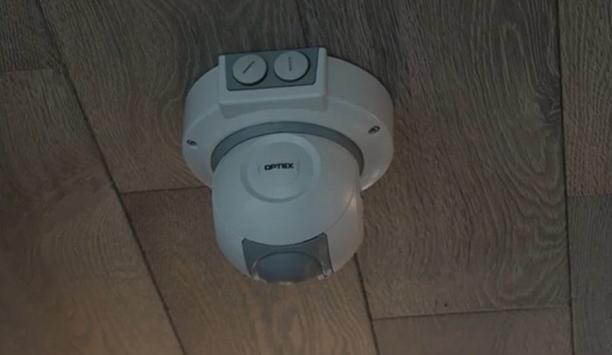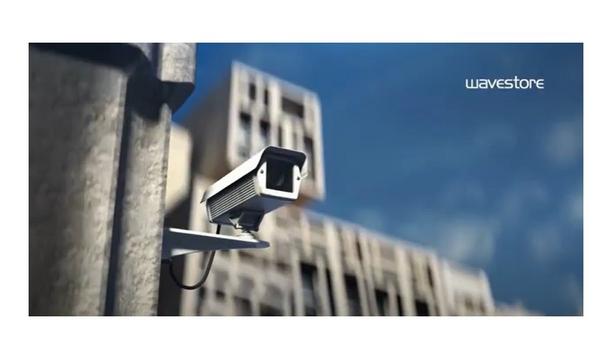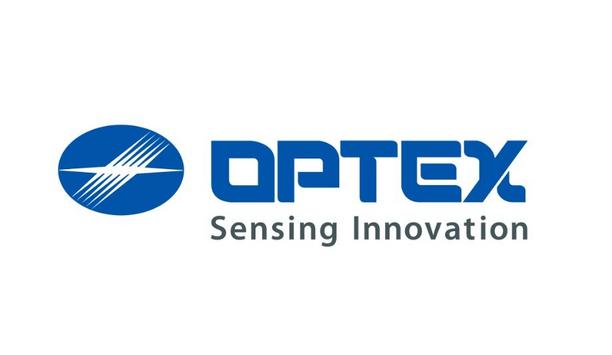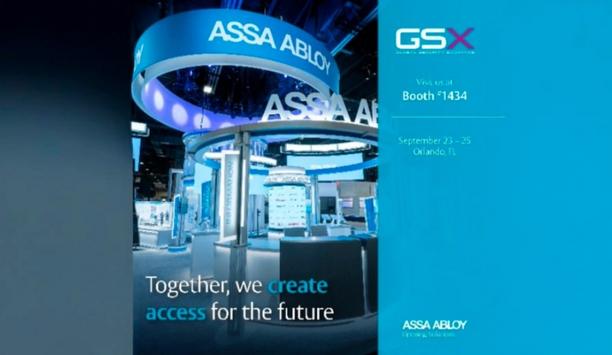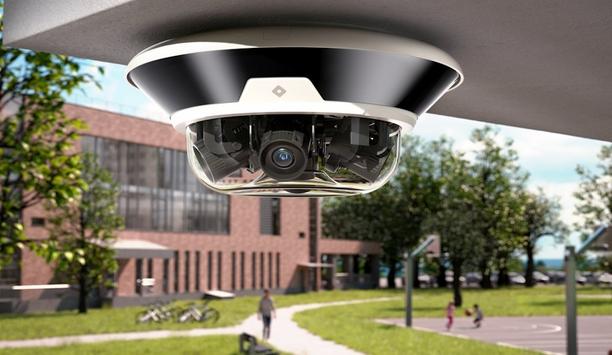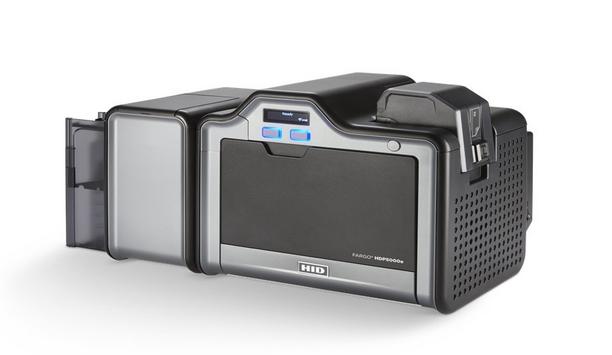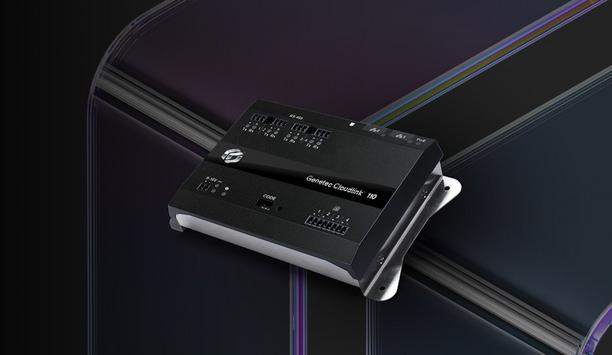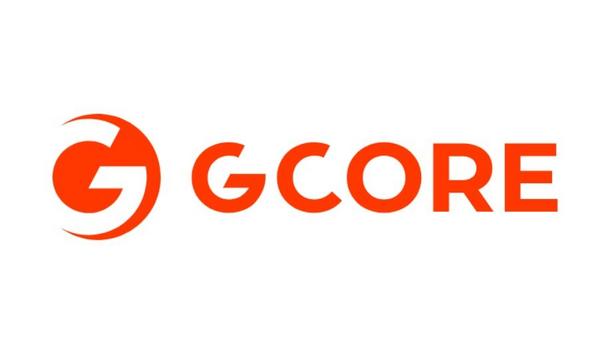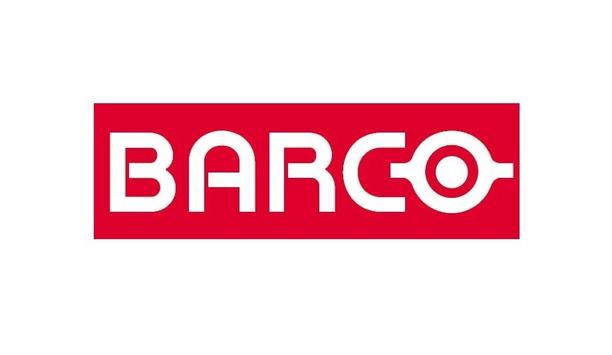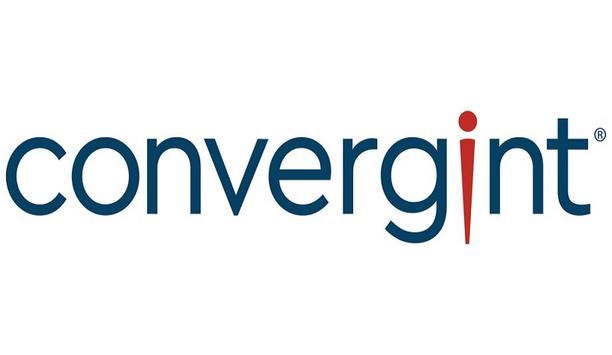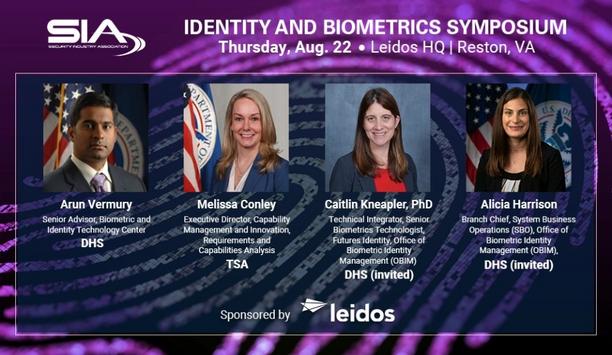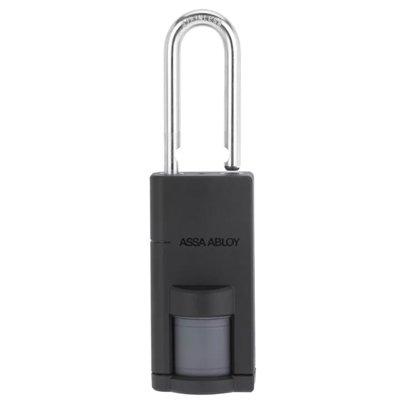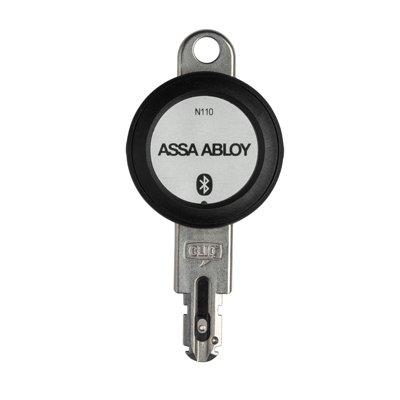Western State Hospital (WSH) is a state psychiatric hospital which is licensed and operated by the Virginia Department of Behavioral Health and Developmental Services. In late 2013, patients and staff moved into the brand new $140 million dollar facility, located in Staunton, Virginia. WSH offers individualized treatment to people with mental illness and substance abuse needs. The original facility was built in 1828 at a location nearby and was listed on the National Register of Historic Places in 1969. As a state run psychiatric hospital, it required unique security parameters to secure its diverse group of patients, staff and visitors.
Jim Smith, director of physical plant services with the Virginia Department of Behavioral Health and Development Services worked with a team of people to determine which access control system would best fit their complex requirements. Originally, the system was designed around a different access control system. However, when the team reviewed the requirements for proper functionality and custom integrations needed, the original system fell short of meeting the intent. WSH quickly decided to review other manufacturers systems in search of a more suitable product. Facility Dynamics Engineering, the consultant for WSH, suggested AMAG Technology’s Symmetry access control system. Not only did Symmetry Enterprise with M2150 Control Panels provide the vigorous solution they needed for their large, state-of-the-art building, but AMAG’s Custom Solutions department offered the customization ability to integrate the third party software systems necessary to complete the project.
Selected integrator, Ambassador Enterprises, Inc., headquartered in Montvale, Virginia installed the Symmetry system and worked closely with AMAG’s Custom Solutions department and Facility Dynamic Engineering throughout the project to ensure the custom integrations were completed on time and working properly.
Controlling Access
Due to the sensitive nature of the hospital, exterior perimeter doors remain locked around the clock to prohibit patients from leaving, and keep out unwanted individuals. Employees must use their badge to enter and depart the building, and one set of doors are open during visitor hours.
The hospital contains 246 beds total and both male and female clientele. No adolescents or elderly live there. Twenty-eight beds reside in each patient care unit (PCU). The severity of the client determines which PCU they are assigned. Zones are created within Symmetry inside each PCU to control interaction between patients. Access is defined for each patient based on various levels. When patients are admitted, they are in a crisis state level, but with treatment, they advance through levels and gain more access rights.
“The Symmetry access control system integrated with the CenTrak wrist band not only controls access through the building, but it’s used as a treatment tool" |
All patients are required to wear a wristband that serves as their access credential. The hospital has readers mounted on the ceilings all over the facility that can pick up a signal from the wristbands and report location information back to the Symmetry system. CenTrak, a real-time locating system, integrates with Symmetry to allow tracking of patients. An RFID chip fits under the CenTrak transmitter broadcasting the location of the credential. Individual patient bedrooms are equipped with ASSA ABLOY Access 600 RNE1 lock and are activated by the wrist bands. The wristband is programmed to open the individual patient room doors and other doors appropriate for the patient’s level of treatment.
“Patients are assigned a 'tag' on their wrist band, and when granted permission to go someplace (say, the gym), the doors along this 'tour' are enabled for their wrist band for the period of time specified. If they vary from this 'tour', we are notified via Symmetry alarms,” said Virginia Department of Behavioral Health and Development Services, Director of Physical Plant Services, Jim Smith.
Symmetry client workstations are located in every PCU. The treatment team has control over what level privileges the patient receives. If a patient is doing well, the treatment team has the authority to change the patient’s access instantly. The reverse is true as well.
“The Symmetry access control system integrated with the CenTrak wrist band not only controls access through the building, but it’s used as a treatment tool,” said Smith. “As a person shows improvement, their level is increased and staff can grant more freedom than they used to have. They are empowered to make the changes, and give positive feedback to the patient immediately.”
Doors that unlock for one patient may not unlock for another. If a patient tailgates through a door he is not assigned access to, the CenTrak wrist band will create an alarm that is routed back to the Symmetry system.
Smith modeled his security system similar to the old hard key method. By creating reader groups in Symmetry that controlled access to various departments and treating those reader groups as “building masters,” the need to carry big heavy key rings is no longer necessary. For example, Human Resource employees can enter their department through two doors, 24 hours a day (building master). A door access group is created for that. However, during business hours, everyone else is given 7 a.m. – 5 p.m. access and assigned to a different group.
Smith creates reader groups, and the HR department creates staff badges and assigns access groups. Access is restricted based on the type of work someone does within the facility. For example, nurses are not allowed in the laundry area and no one is allowed in the pharmacy except the pharmacist.
Staff badges contain buttons that when pressed, generate a duress alarm, which registers a user-defined message in Symmetry and also passes a message to 'Sara', which is a voice annunciation system (a voice comes over the public address system announcing the duress alarm and the location in the building).
Staff uses their badge to move throughout the building. However, all exterior doors require a dual authentication (badge plus pin). If a patient grabs a staff member’s badge, they will not be able to exit the building without use of the PIN.
Eighteen Symmetry client workstations sit throughout the building, including in the Information Center. A police force monitors Symmetry and dispatches officers and staff when needed. The building consists of two floors and is set up in pods. When an alarm demands a response, nursing staff and security respond to the area to assist.
Visitors
“The Symmetry access control system has worked great and done exactly what we wanted it to do" |
Western State Hospital utilizes Symmetry’s visitor management module to effectively manage visitors. Routine maintenance vendors present their ID or drivers’ license and are given a badge. At the end of the day, they exist through the Information Center, turn in their badge, and retrieve their ID or driver’s license and leave. Smith sets up a card reader group for vendor badge access.
Individual visitors will call ahead, and are escorted in or out of the building.
Family members proceed to the Information Center. Pre-made visitor cards that have a pathway of access to the patient care unit they are visiting will be provided. They are given a map and proceed to their PCU. The Information Center notifies the staff in that PCU that a visitor is on the way. The doors on the pathway will open to allow the visitor through. If the doors don’t open, the visitor made a wrong turn.
Video
Over 330 Axis IP cameras are installed throughout the inside and outside of the hospital and monitored via Symmetry. When an alarm occurs, it’s displayed on the graphical map screen, pinpointing the exact location. The video pops up on the screen instantly, providing immediate information to help the police officer determine the next course of action.
An AIPHONE® intercom system is installed and interfaced with Symmetry in the parking lot. When an emergency call station is activated, cameras begin recording and the video appears on the Symmetry monitor in the Information Center. The intercom system allows the person to speak with a security officer while giving the officer a complete view of the person and surrounding area.
“The Symmetry access control system has worked great and done exactly what we wanted it to do,” said Smith.
“AMAG’s ProServices Custom Solutions team was great to work with,” said Ambassador Enterprises, Inc.’s President, Richard Arthur. “No one had set up a system to work in this capacity before, so there were a few bumps along the way. We had a workable system in the end, and this building is now a model for other hospitals to follow.”
Ambassador Enterprises, Inc.
